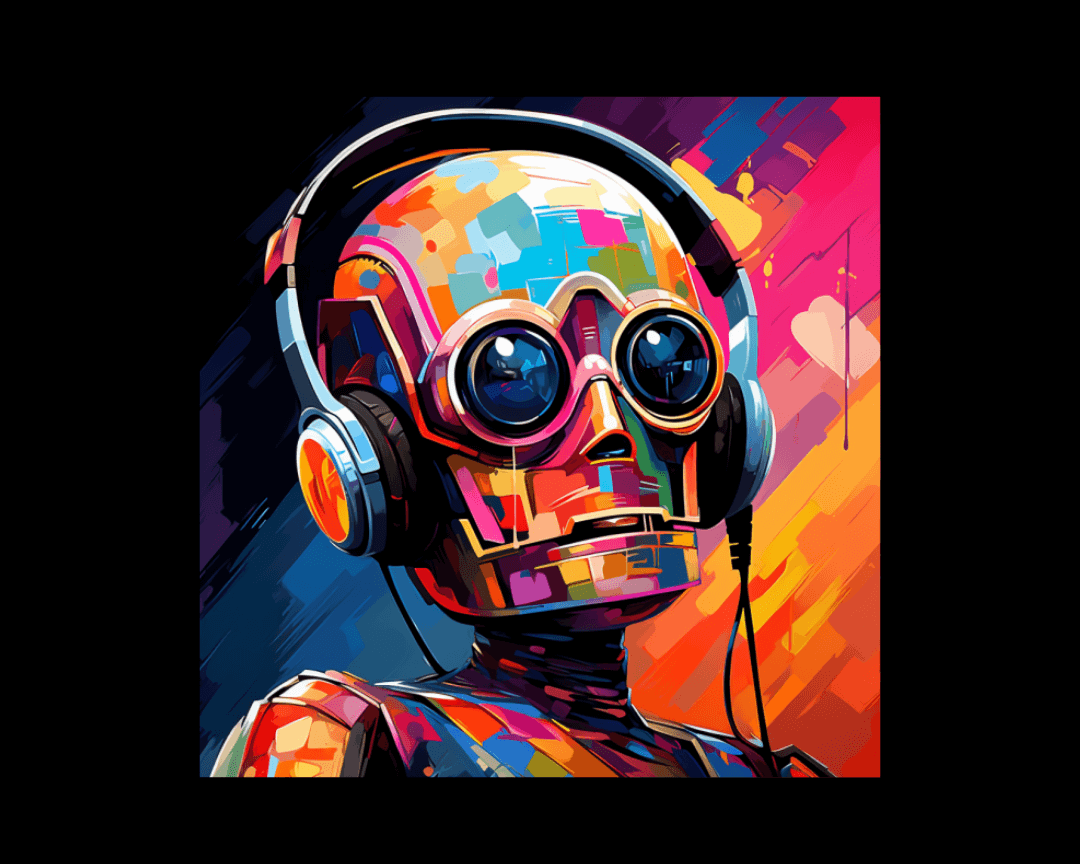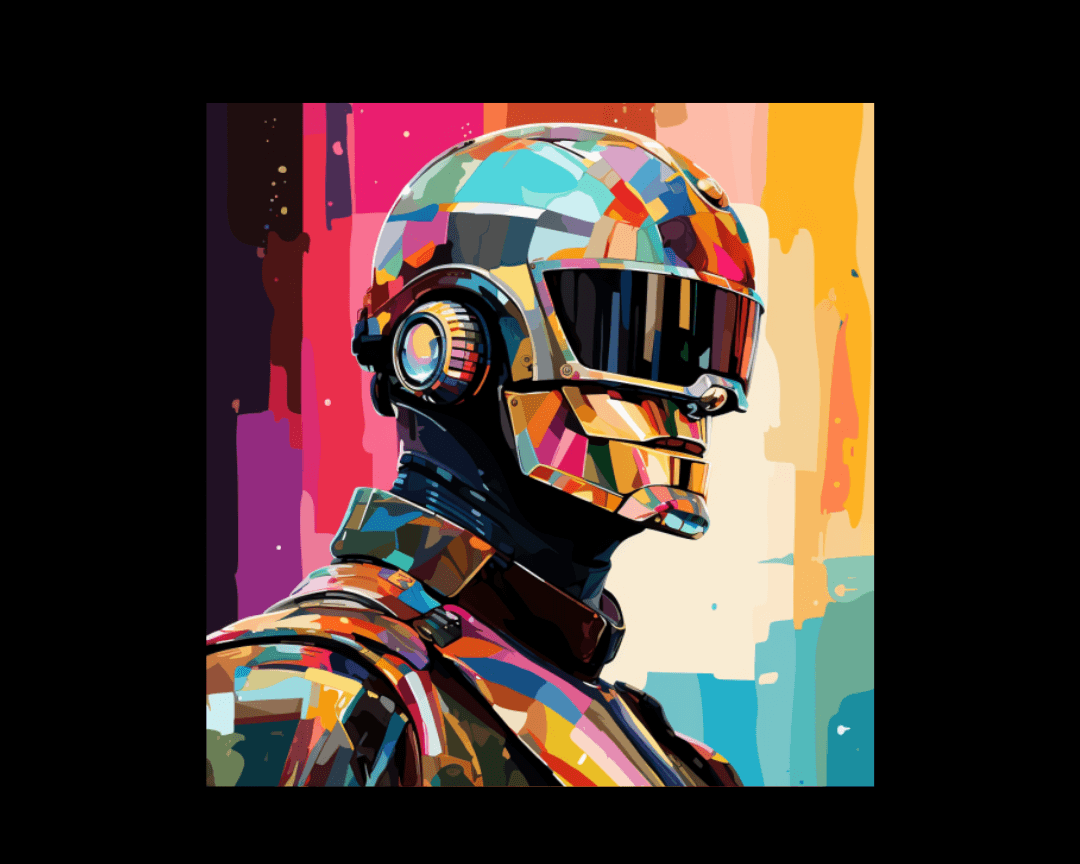Dialog Flows: How to Write Chatbot Conversations
The true magic of chatbots lies in crafting well-structured and natural-sounding conversations – known as dialog flows – that guide users seamlessly...

The first time I heard about Web3, I felt an excited twist in my gut. As a millennial, I vaguely remember the boom of Web 2.0 in the early 2000s. I was in middle school, but behind the haze of Limewire and Trollface, I remember YouTubers and internet celebrities skyrocketing to fame simply because they hopped on the train early.
The same is true of companies that embraced Web 2.0. Those who developed content marketing strategies using blogs and social media quickly dominated the market. Historically, being an early adopter of new technology is a great strategy for success.
If you’re wondering “what is Web3?” or “How will Web3 change digital marketing?”, don’t worry. You’re not alone. The technology is evolving rapidly and there is a lot of jargon to digest. In this article, we’ll discuss the basics of how Web3 will change the digital marketing landscape.
Web3 is a new phase of the world wide web that runs on blockchain technology. It follows two previous phases: Web 1.0, in which users could find basic information on read-only websites; and Web 2.0, in which users could actively participate in the creation of web-based content.
Web3 focuses on the decentralization of the internet. It is designed to increase its user’s privacy and data ownership while allowing them to participate, create and shape the global digital community. It does this by allowing users to participate in the digital world without having to do so under a centralized authority figure, such as a platform owner or website coordinator.
The result is a living, changing space that is slowly shifting internet users into owners.
Yes, Web3 is set to be a massive shift in the way we interact with the web, but how will this impact the digital marketing industry? Let’s take a look.
One of the key differentiating factors of Web3 is its focus on data and privacy. Users of Web3 will have a much better understanding of when and how their data is being used.
This has been a huge topic of conversation over the past decade, but it became obvious that the majority of people were seeking more control over their data when Apple released an opt-in prompt to their iOS in 2021.
For marketers, this means that the platforms you use to market your products have already been evolving. Targeting, optimization and reporting on purchased ads have changed drastically.
So, how can you embrace Web3 in your digital marketing campaigns? The answer is: by developing relationships. Start by building trust with your audience. You can do this by:
This way, when you do need to collect data, your audience will be more willing to give it to you.
Using the channels you own, you’ll be able to develop a plan to capture user data in a meaningful way. Ask questions that go deeper. What data do you really need to capture? When and where is the appropriate setting to do so? And how will you use it to meet the needs of your customers?
Perhaps the most well-known element of Web3 is the Metaverse. It’s widely predicted that virtual experiences will become increasingly common as we move deeper into Web3.
Immersive experiences don’t just include virtual reality, though that’s a huge component. They also employ characteristics from augmented reality. This provides greater flexibility and versatility for the types of immersive experiences companies can create.
In addition to informational blog content, entertaining social media posts or educational ebooks, companies can now begin exploring how immersive experiences could add value to their digital platforms.
Here are some of the ways companies are currently using immersive experiences to provide value to their audiences:
While virtual experiences may not seem as valuable as good old-fashioned experiences, there are actually many gaps that these sorts of events and opportunities can fill in the market.
Consider your target audience: a new mom may not have time to see her favorite band live. An elderly couple could visit the long-closed Italian restaurant where they had their first date. A physically disabled person can hike to Machu Picchu. A child choosing which college to attend abroad can walk through the campus virtually.
There are infinite ways to provide value to your audience using immersive experiences, and it’s likely that this will soon become as commonplace as blogging or posting on Instagram.
The community element of Web3 is one of the most exciting opportunities for marketing professionals. Gone are the days of Facebook siphoning people’s data, yes, but upon us are the days of communities focused on common goals or interests. In particular, I’m talking about decentralized, autonomous organizations (DAOs).
A DAO is an emerging structure for managing an organization or community. They are considered democratic and rely on the group’s collective participation. In Web3, communities will be focused on bringing people together who have shared values, hobbies, jobs and even physical locations.
Particularly in the service and media sector, DAOs provide brands with the opportunity to partner with them if they share a common goal or value. Brands can purchase NFTs to become members of digital communities, but they can also develop relationships with specific DOAs that align with their brand story.
Soon, brands will have the opportunity to engage with DAOs to do a variety of outreach; marketing, product development and testing, customer relations, branding and more.
Brands could even develop their own DAO hybrid groups, effectively taking a massive shortcut to market research by allowing the market to manage its own digital community. This would operate in a similar way to Facebook groups or subreddits, in that the community manages itself. Though one major difference between DAOs and the hybrid model is that the latter would ensure the brand or company doesn’t lose control of the community.
Regardless, the transition to a more community-focused Web3 is likely to help marketing professionals target groups consisting of their specific audience, if they decide to embrace technological changes.
As a copywriter, I am fascinated by how Web3 can transform the way my clients do business online. Those who take advantage of it in the early stages will be ahead of the game. They will have the opportunity to build closer relationships with their target market and to grow in ways they’d previously never imagined.
At Hire a Writer, we specialize in all things digital marketing. To read more on content marketing, subscribe here.

The true magic of chatbots lies in crafting well-structured and natural-sounding conversations – known as dialog flows – that guide users seamlessly...

UTM parameters (Urchin Tracking Module) are invaluable tools for tracking and analyzing the performance of your marketing campaigns. In this in-depth...

Wix, a renowned website builder platform, has been revolutionizing the way individuals and businesses create stunning websites with its user-friendly...